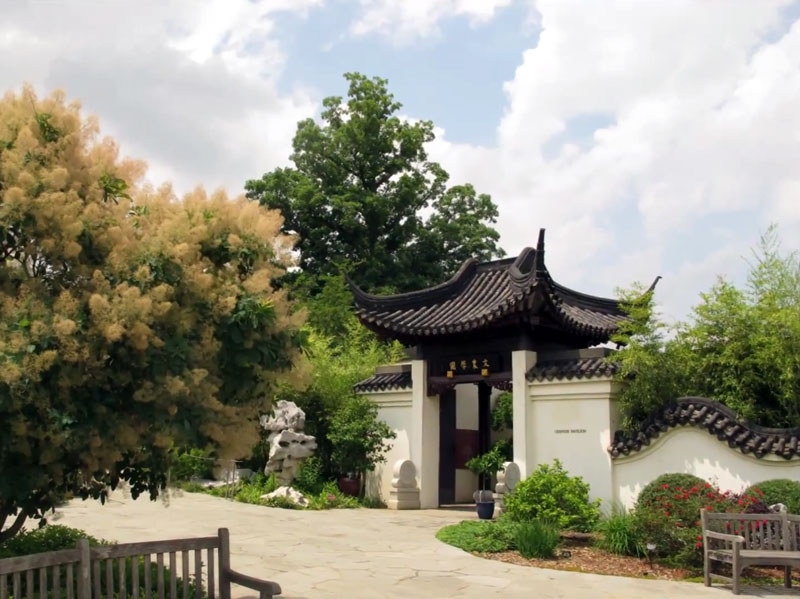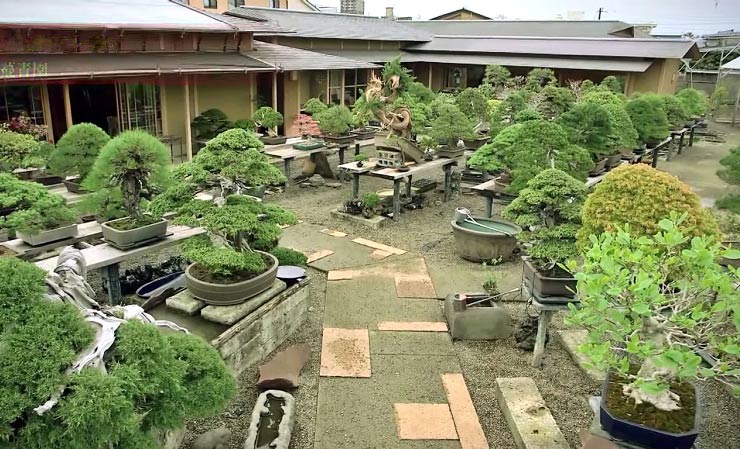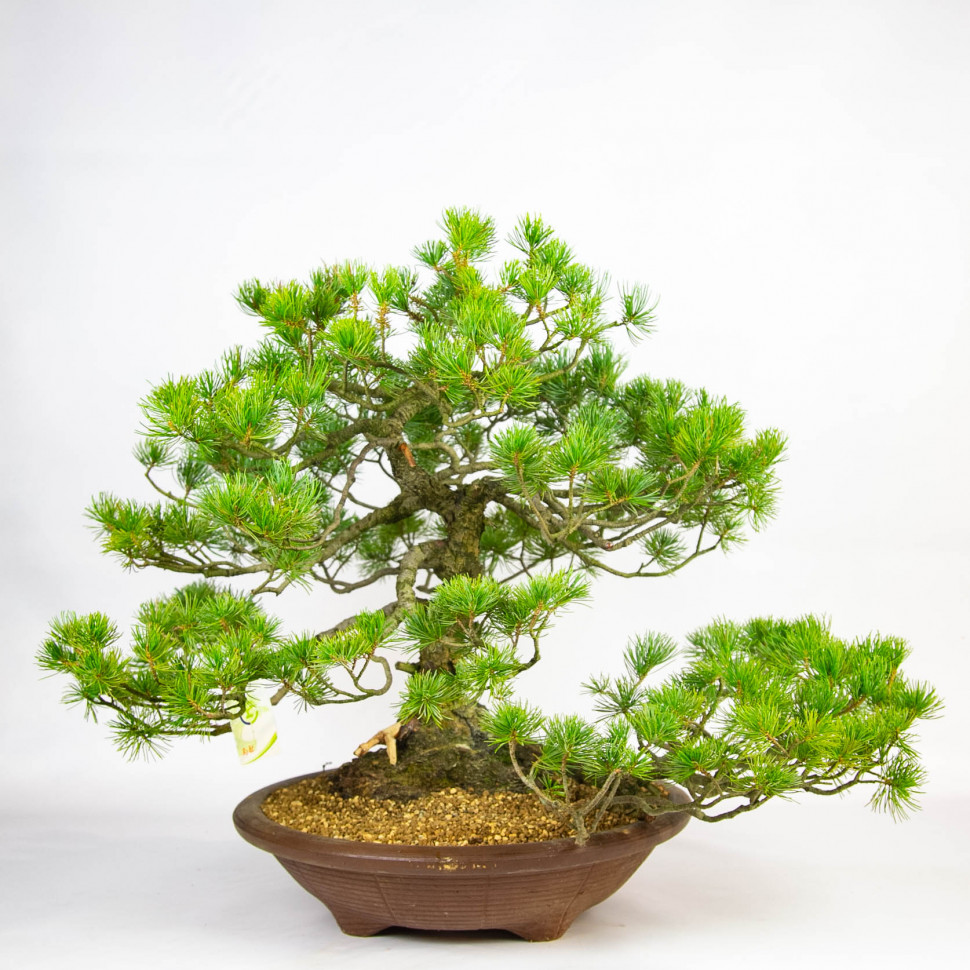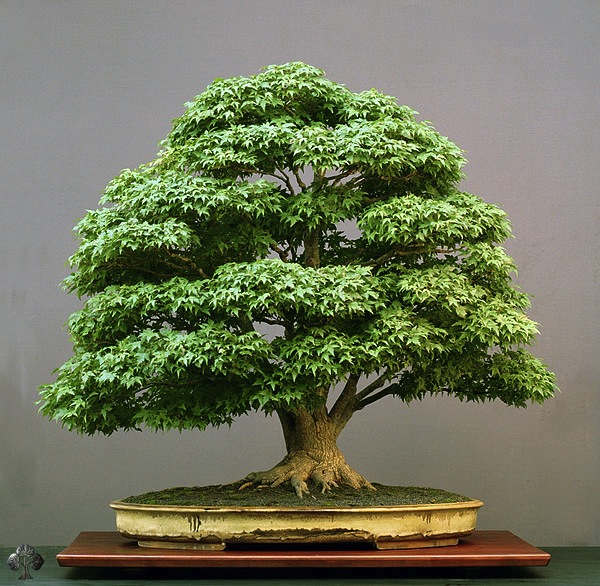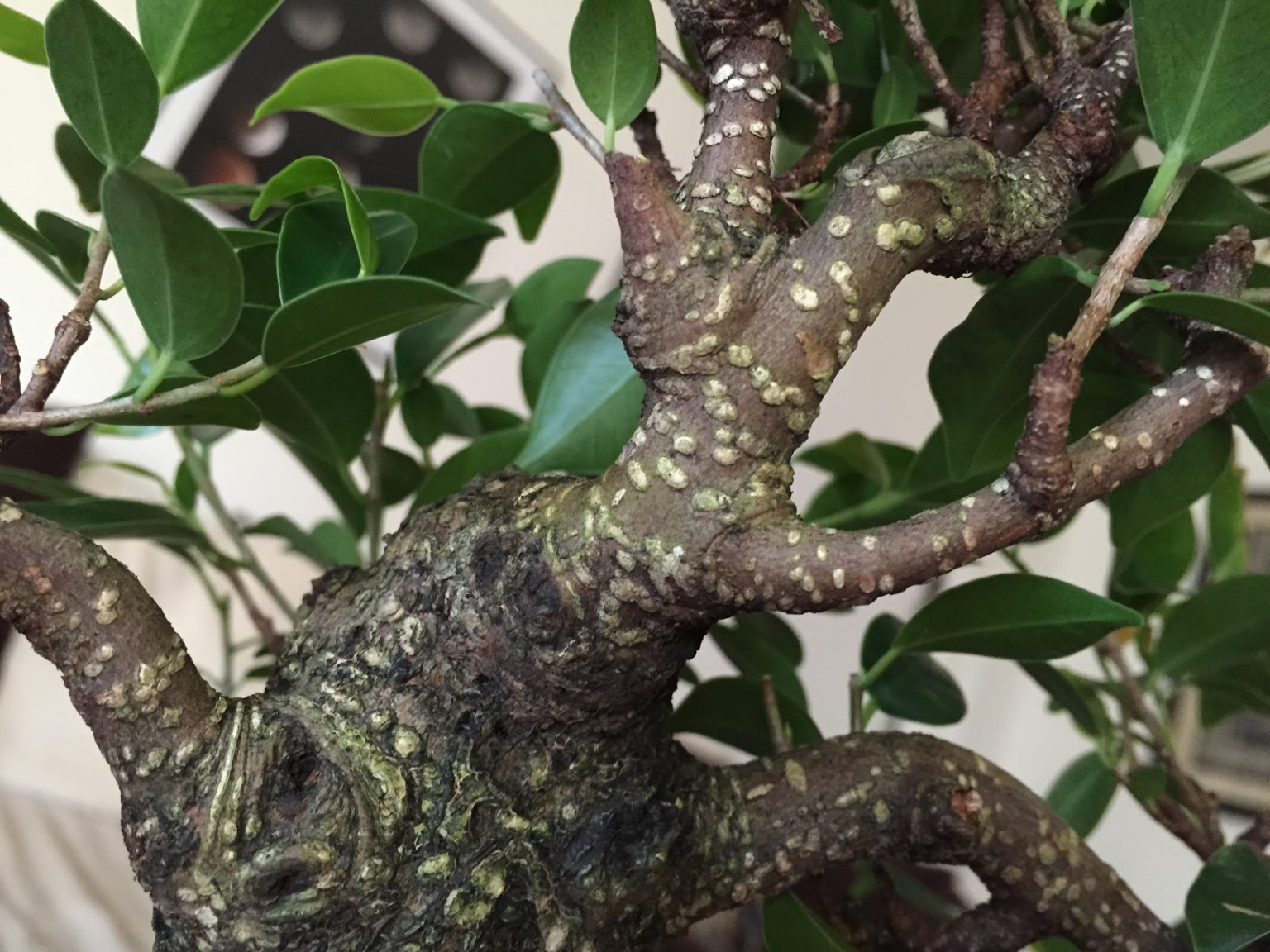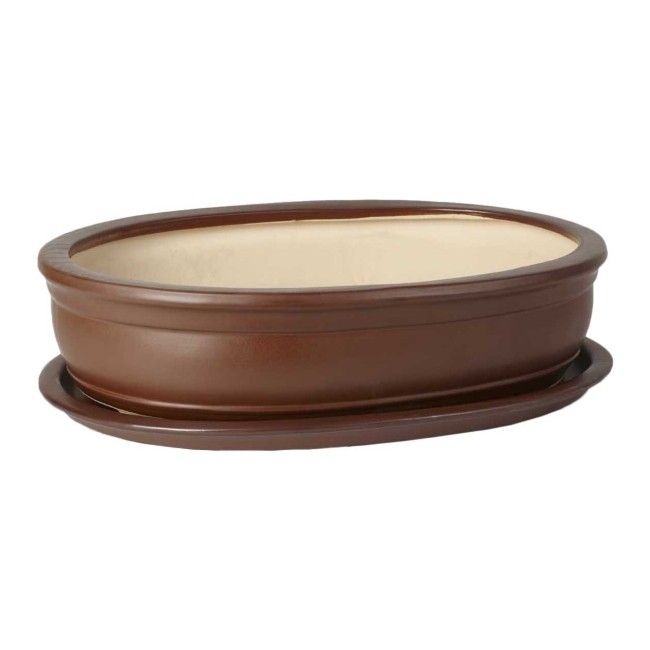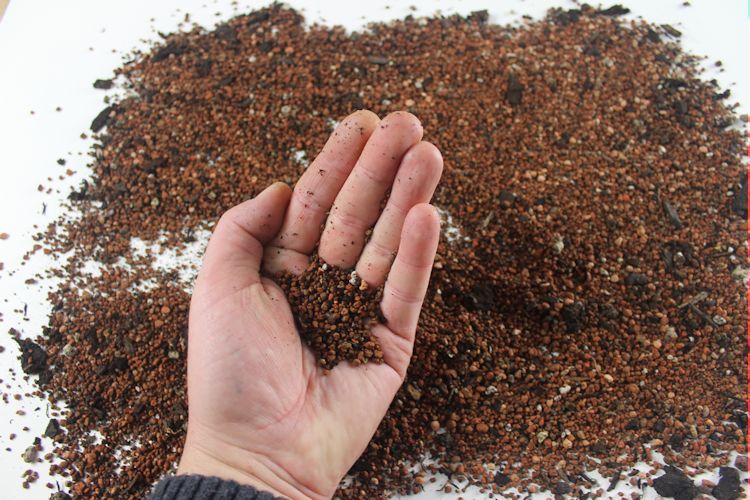Olive tree (Olea europaea) is an evergreen tree native to the Mediterranean region, of the genus Olea, of the Oleaceae family. It is a cultivated plant that has been grown since ancient times for its fruits and olive oil, and is not found in the wild.
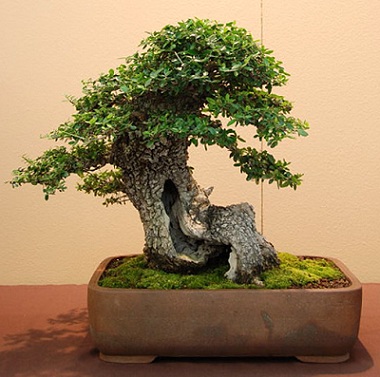
Of particular value for the formation of bonsai from olive trees is the thick, irregularly shaped trunk with a small number of branches, on which are located hard perennial spear-shaped leaves, having a clear color contrast between the light green upper and silvery-gray lower sides.
Depending on the climate, the olive blossoms from April to early July. The flowers are very small, 2 to 4 cm long, and have a fragrant smell. The fruits of the olive tree ripen in the fall. These are small olives, initially greenish in color, later, when ripening, they become dark purple.
Soil:
A low-nutrient mixture of clay and sand in a 2:1 ratio. Good drainage is required.
Lighting:
Olive is a light-loving tree. It needs abundant lighting and tolerates direct sunlight well.

Temperature:
The olive tree tolerates high temperatures in summer. It can be grown indoors, but in summer it is advisable to place the olive tree outside. In winter, give the tree a rest, keep it at a temperature of at least 17° C.
Watering:
Olive trees should be watered relatively rarely, allowing the soil to dry out between waterings.
Top dressing:
In summer, feed with organic or mineral fertilizers that gradually spread in the soil, once every two weeks. In winter, reduce feeding to once a month. In the year of olive replanting, feeding is not advisable.
Formation:
The olive tree is very pliable, all methods can be used formations. Cut off large branches at the end of winter, be sure to treat the cut area. In the spring, watch the young shoots so that they do not grow too much.
To keep your bonsai looking good, remove new shoots growing from the trunk and remove yellow or overly large leaves.
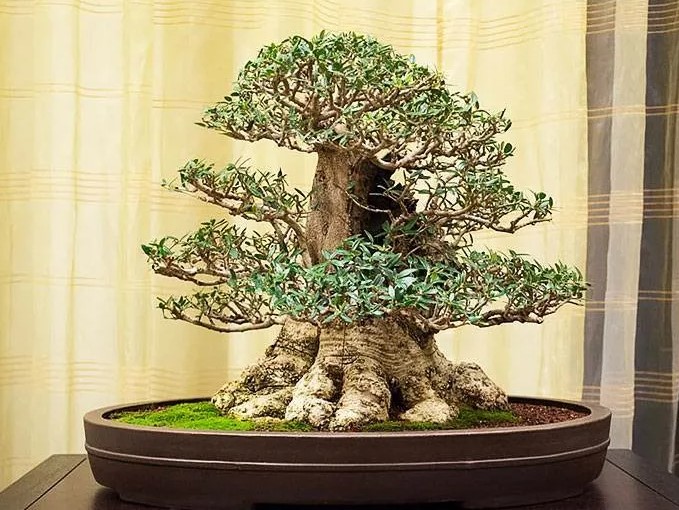
Purchasing a plant:
Buy olive tree bonsai in specialized stores. Most often, you will encounter a poorly formed plant, and young trees are rarely sold. Small-leaved varieties have a more aesthetic appearance.
Pests and diseases:
The European olive is quite resistant to diseases and pests. If overwatered and with poor drainage, it can be infected with fungi. In this case, stop watering, place the tree in a dry and sunny place, and treat the tree with fungicides.
Of the pests, the most dangerous for olives are: spider mites, as they are difficult to detect. They cause the leaves to curl and fall off; if the infestation is severe, you may see webs in which spider mites accumulate. Use special pest control products and seek help from a specialist.

